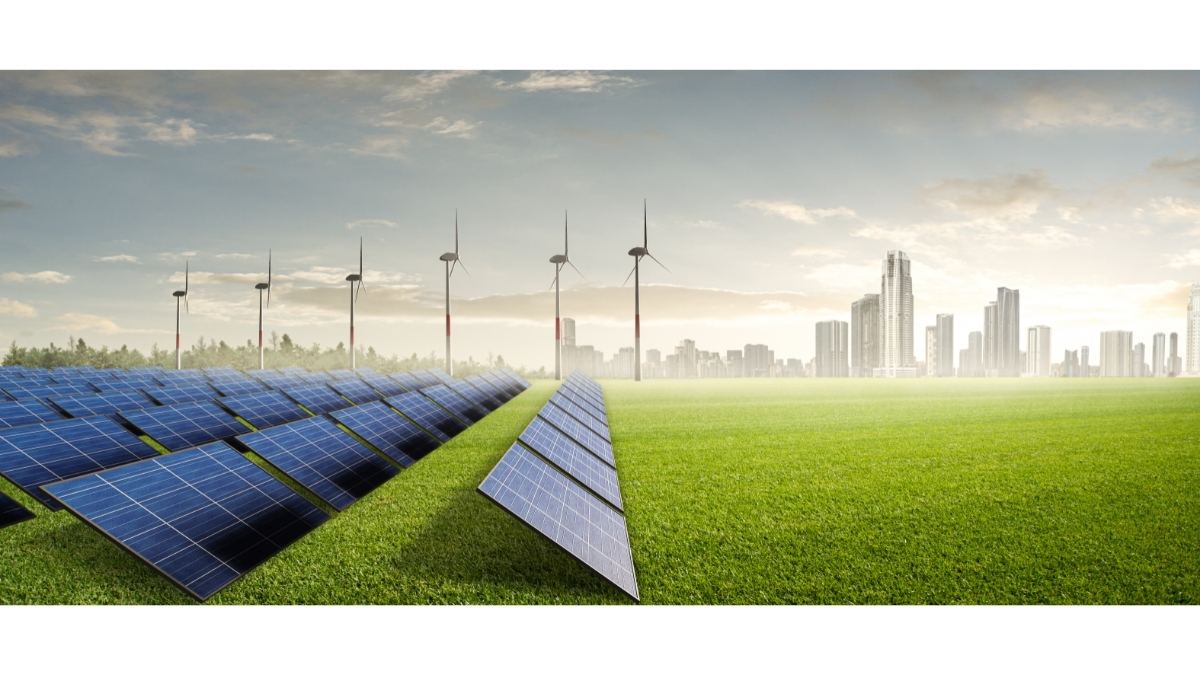International. The increase in the cost of energy at a global level gives greater weight to the implementation of alternative energies. In Latin America, although there is not as high an increase as in Europe, there are clear prospects of this migration.
There are a number of factors that affect the cost of energy, in which the increase in demand due to the increase in population, as well as the increase in oil prices and droughts, factors that affect energy production methods such as thermal combustion plants and hydroelectric plants. So it's easy to understand why the 2020 lockdown hit the energy sector, as it was more complex to import and export oil, coal and gas, the most commonly used methods for energy production. Hence, in 2021, taking into account the Goldman Sachs index, the price of energy rose by 59%, surpassing with advantage the precious metals or agriculture indices.
In that sense, the OBS report The importance of the energy sector in the economy, written by Jesús Reglero, program director and professor at OBS Business School, concluded that, although it seemed that prices could moderate during the first quarter of 2022, "the latest events in Ukraine will mark the escalation of gas prices" therefore a further increase in energy prices and that would determine the possibilities that Europe will have of fill your reserves to face the winter.
Reglero also indicated that the European Union's gas reserves reached their lowest historical level. In comparison, he said that "despite the impact of COVID-19 on global activity, in Latin America the energy situation seems not to be as alarming as the one that the European continent is experiencing" and highlighted the downward trend of countries such as Ecuador, Colombia, Peru and Chile, except for the electricity prices of the residential sector in the latter.
However, according to data from the World Bank, the production of electricity from renewable sources, excluding hydroelectric (kilowatt-hours) in Latin America and the Caribbean, grew from 21,925 million to 121,2451 million from 2000 to 2015. In addition, access to electricity in the urban sector went from 98.4% to 99.3% in the same period.
Panorama of Latin America
Then, according to the OBS report, in Peru the cost of energy is expected to fall due to the energy transition launched by the government to give entry to more renewable energies. In Colombia, the decrease in demand for oil, coal and natural gas will be due to the replacement of fossil fuels with clean energy. In Chile, the incorporation of green hydrogen into the energy mix will change the country's electricity demand forecasts by adding 37,000 GWh of new consumption by 2040, so it is estimated that energy prices will decrease progressively. And in Brazil, a downward trend in the price of electricity is expected due to the energy transition, which is very advanced in the country, and due to the Brazilian model of power generation, which is predominantly hydroelectric due to both its economic competitiveness and the abundance of this energy resource at the national level.
In conclusion, it is undeniable that at the moment our region is not at the head of renewable energies, according to data from the International Energy Agency (IEA) in Latin America most of the production, from 1990 to 2018, is by hydroelectric plants. However, there are good prospects, such as those of the OBS report, in which it is clear that in the medium and long term this trend will change, leaning towards cleaner and more efficient forms of electricity production, a particularly important issue for energy-intensive industries such as HVAC.














